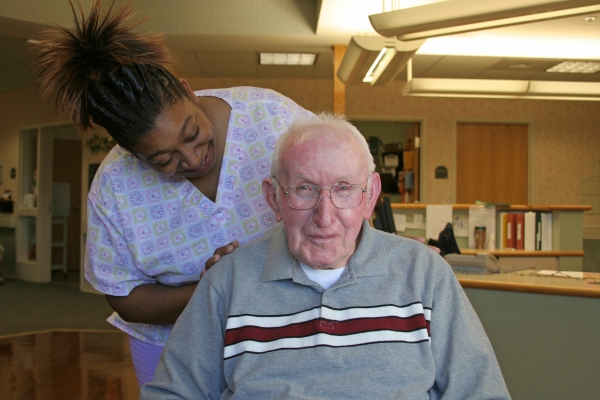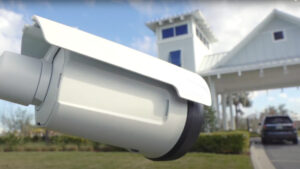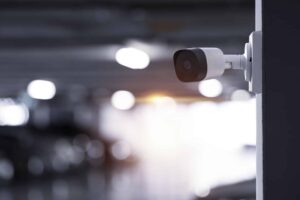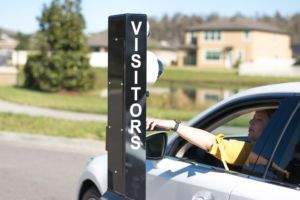Given the nature of their public, high-traffic environments at all hours, health care facilities and hospitals face a real challenge in balancing the protection of patients, visitors, staff and assets with supporting delivery of patient care.
The last thing a patients entering a facility want to worry about is their safety. A nurse does not want to have to consider the safety of walking across a parking lot in the wee hours of the morning. Hospital administrators do not want to be faced with assets being damaged or disappearing, nor do they relish dealing with the aftermath of a disorderly incident leading to larger complications. Unfortunately, healthcare facility managers are facing a substantial increase in crime rates, making a delicate job more challenging then ever.
Preventing Healthcare Facility Crime is Increasingly Difficult.
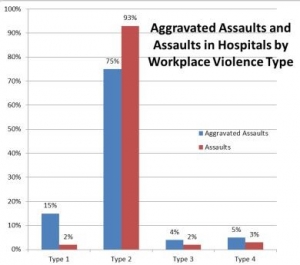
Over the last several years there has been a documented, substantial increase in crime rates at healthcare facilities. Results from two important studies on hospital violence were released at the IAHSS conference May 2014 show that healthcare facility violent crime rate went up 25%, and disorderly conduct increased 40% Read the full report.
The report identifies four types of violent events that healthcare facility security encounters:
- Type I event ( criminal) — the perpetrator has no legitimate relationship to the healthcare facility (HCF).
- Type II event ( patient) — committed by someone who is the recipient of a service provided by the HCF or the victim.
- Type III event ( employee) — committed by someone who has an employment-related involvement at the HCF, such as current or former staff members.
- Type IV event ( domestic) — relates to interpersonal violence at the HCF and includes spouses, lovers, relatives, and friends or other visitors who have a dispute involving an employee, patient, physician, or contractor.
S2 Mobile Security Officer Provides the Ideal Balance
The need to balance the protection of patients, visitors, staff and assets in preventing healthcare facility crime has a new ally. This past fall, S2 Security, the leader in IP-¬?based integrated physical security systems, announced the introduction of S2 Mobile Security Officer, a revolutionary tablet app that can be used effectively within the ever-changing, open health care environment.
Designed for ease of use, speed of information sharing, and real time response to situations in the field, while leveraging the advanced technology built in to every S2 system, S2 Mobile Security Officer ensures that security management and staff can now operate their S2 access control and video management systems from anywhere, dramatically improving decision-making and response time.
S2 Mobile Security Office for Preventing Healthcare Crime
S2 Mobile Security Officer allows mobile healthcare facility users to remotely open or lock doors; monitor activity and alarms; and muster for evacuations, coordinating multiple mustering points right on the tablet screen. Acting as a photo ID capture camera, S2 Mobile Security Officer will allow healthcare facility security to take photos and add them immediately to their centrally managed S2 system from the field. Facility Security team users can also access and control surveillance cameras on demand, displaying high-quality, high frame rate video that can be shared as needed, where needed.
How We Deploy S2 Mobile Security Officer and S2 Systems at Securiteam
At Securiteam, we use S2 Mobile Security Officer and S2 systems as part of fully integrated security systems for our clients. The system is 100% web based, the products are flexible, expandable elements of a fully distributed IP network architecture. As facility requirements evolve, it is easy and cost-effective to add capabilities to the system.
Interested in learning more about S2 Mobile Security Officer and how it can be utilized for your facility? Contact us for a consultation.

